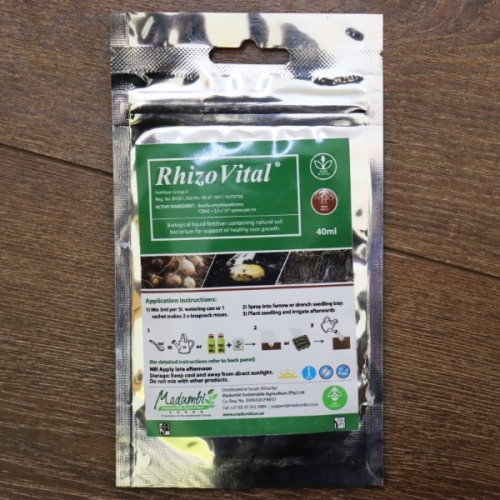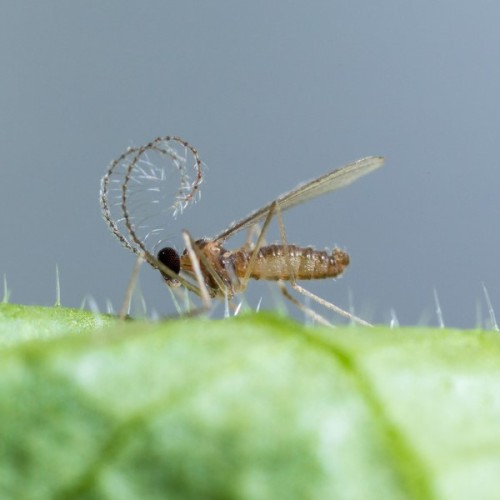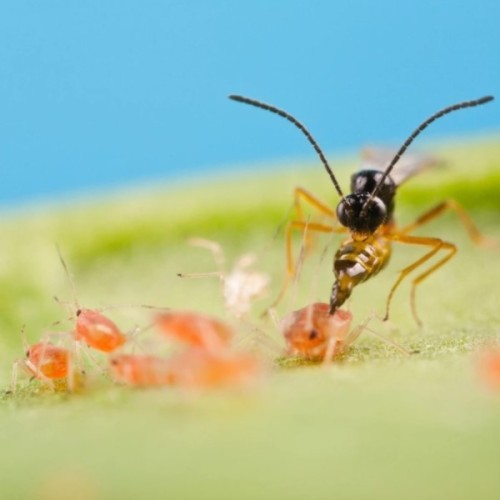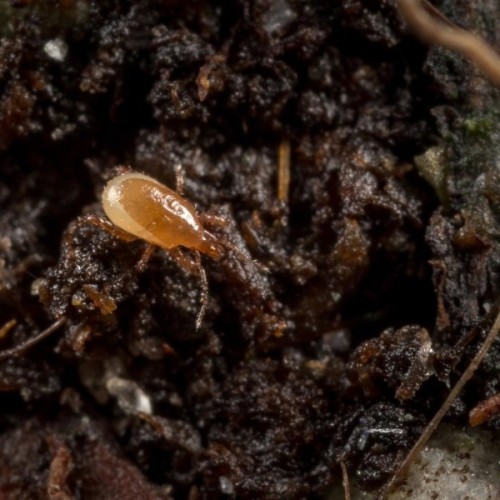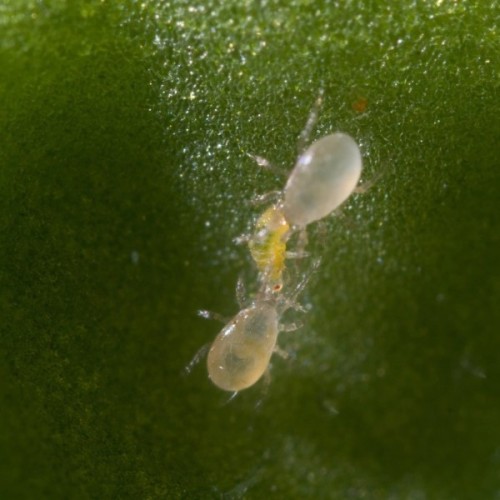Viruses
Plant viruses operate without warning. Once inside a host, they hijack plant functions, leading to twisted leaves, stunted growth, mosaic mottling, and low fruit yield. Among the most persistent are tobamoviruses like Tomato mosaic virus (TMV), Cucumber green mottle mosaic virus (CGMMV), and Pepper mild mottle virus (PMMoV). These viruses are known to survive on surfaces, tools, seed coats, and in soil or plant debris for months or even years. Others, like Cucumber mosaic virus (CMV) and Alfalfa mosaic virus (AMV), are spread by insects and generally do not persist in the environment for long. However, they are no less destructive once established.
Because viruses cannot be cured, infected plants must be destroyed. Organic growers cannot rely on chemical antivirals or fumigants. This makes prevention the only viable strategy. The cost of crop loss, time, and replanting far exceeds the effort of early prevention. Vigilance in sanitation, vector control, and seed management is essential to avoid infection cycles.
Treating seed is one of the most powerful tools against virus spread. For tobamoviruses like Tomato mosaic virus (TMV) and Pepper mild mottle virus (PMMoV), soaking seed in a 10 to 15 percent trisodium phosphate (TSP) solution for 15 to 60 minutes has been shown to eliminate most surface-borne virus particles. After soaking, rinse the seed thoroughly in clean water and dry before planting. However, for viruses like Cucumber green mottle mosaic virus (CGMMV), TSP is less effective. Studies show it can survive TSP treatments and still infect crops. TSP treatments also cannot penetrate the seed coat, which means internal infections remain untouched. For those seeking a broader layer of protection, TSP can be combined with hot-water treatments or biological coatings to reduce both external and internal risk.
Vector control remains vital. Most viruses depend on aphids, thrips, or whiteflies to move between plants. Yellow sticky traps and beneficial insects should be deployed early in the season before populations build. Sanitation is non-negotiable. Use clean seed, disinfect trays, and avoid planting near wild host plants or weeds.
-
Beneficial Insects
-
En‑Strip (Encarsia formosa – Whitefly Parasite)
A parasitic wasp that targets whitefly pupae. Use preventatively or at first sign of infestation. -
Aphidalia – 2 Spot Ladybug
A specialist predator of aphids. Release several times over the season to establish populations effectively. -
Macro‑Mite (Macrocheles robustulus)
A soil-dwelling mite that feeds on thrip pupae and fly larvae. Apply preventively for consistent control. -
Swirskii – Ultimite
A predatory mite effective against whitefly and thrips on foliage surfaces.
-
-
Traps/Monitoring
-
Yellow Sticky Traps
Essential for early detection and suppression of flying pests like aphids and whiteflies. Position just above crop height and replace regularly.
-
-
Biologicals
-
RhizoVital
Root-enhancing biological that encourages robust growth and may reduce infection risk when applied early.
-
-
Organics
-
Pyrol
Contact spray that rapidly controls aphids, whiteflies, and thrips. Best applied in early morning or late evening. -
Bioneem
A systemic action product that interrupts pest development and suppresses egg laying. Ideal for integrated management. -
Neudosan
Soap-based contact insecticide for aphids and whitefly.
-
Note: Tobamoviruses require a stricter approach. Disinfect trays and tools regularly, treat seed with TSP, and rotate crops away from previously infected areas. For viruses that spread via vectors, integrate sticky traps, beneficial insects, and approved organic sprays to keep populations in check. Maintaining clean starts and a strong biological presence in the soil is your best line of defence. Once a virus is in your garden, your only option is to prevent it from returning.
Andermatt - RhizoVital
RhizoVital is a highly concentrated liquid formulation of the beneficial bacteria Bacillus amyloliqu..
R221.49
Aphidend
Aphidoletes aphidimyzaAphidoletes aphidimyza is a midge that has been introduced to control aphids s..
R731.83
Aphidius - Aphipar
Target Pests:Primarily the following:Myzus persicae Green peach aphidMyzus nicotianae Tobacco aphidA..
R381.73
Biogrow Bioneem
Biogrow's Bioneem is a botanical biopesticide made from the seeds kernels of the Neem tree. The act..
R170.21
Biogrow Neudosan
Neudosan is formulated using potassium salts of fatty acids. A natural organic contact insecticide t..
R142.91
Biogrow Pyrol
Pyrol is a certified organic, broad spectrum, contact insecticide that kills all stages of insects. ..
R229.38
En-Strip
Encarsia formosaIt is unknown where Encarsia formosa originates, however it is becoming available al..
R700.88
Macro-Mite
Macrocheles robustulusFor targeted biological pest control against: Sciarid fly eggs, larvae, a..
R1,096.90
Swirskii - Ultimite 20's
Target Pests: Bemisia tabaci, Sweet potato whitefly Trialeurodes vaporariprum, Greenhouse whit..
R279.99
Swirskii - Ultimite 5's
Target Pests: Bemisia tabaci, Sweet potato whitefly Trialeurodes vaporariprum, Greenhouse whit..
R78.27

